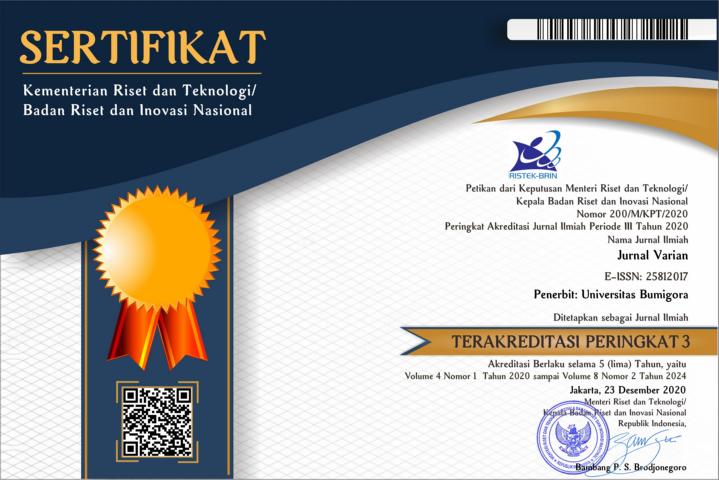PEMODELAN JUMLAH UANG BEREDAR DAN INFLASI NASIONAL DENGAN VECTOR ERROR CORRECTION MODEL (VECM)
Abstract
Vector Autoregresive Model (VAR) is one of the simultaneous time series models. VAR is a system of equations in which each of the variables is a linear function of the lag (past) the independent variable it self are the values of other variables of the lag in the system. Sometimes, several models of VAR may contain relationships between variables, this relationship caused VAR model become not representative. Model Vector Error Correction (VEC) can overcome this problem. Economy is one of the main foundations of the power of a country. However, economic stability does not always run smoothly because of many factors, both internal factors or external factors. One of the main indicators used to see the development of the economy of a country is the level of the rate of inflation. Inflation is continous tendency of prices to increase in against market demands in general of the community. There are many factors that may influence the on set of inflation i.e. money suply. This research aims to model the number of money supply and inflation on nationwide with Vector Error Correction Models (VECM). The results showed that the estimated VECM to function there are short term inflation the value of error correction short term to long term of 0.000235. On the analysis of the short term, changes in the money supply earlier in the month gave a negative influence to changes in inflation this month of 0.207. While the change in inflation months earlier gave a positive influence to changes the money supply in the month of 0.000570.


















